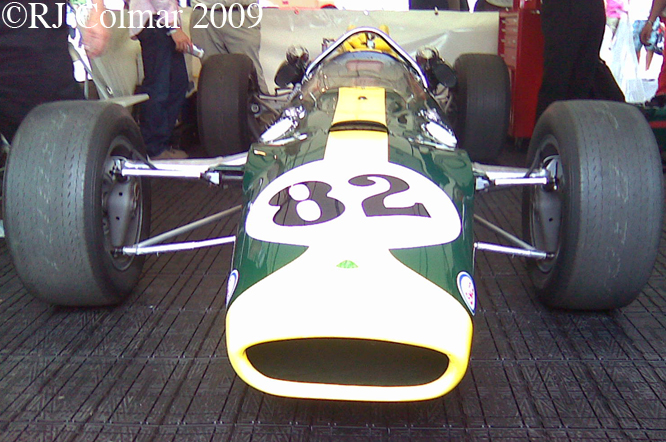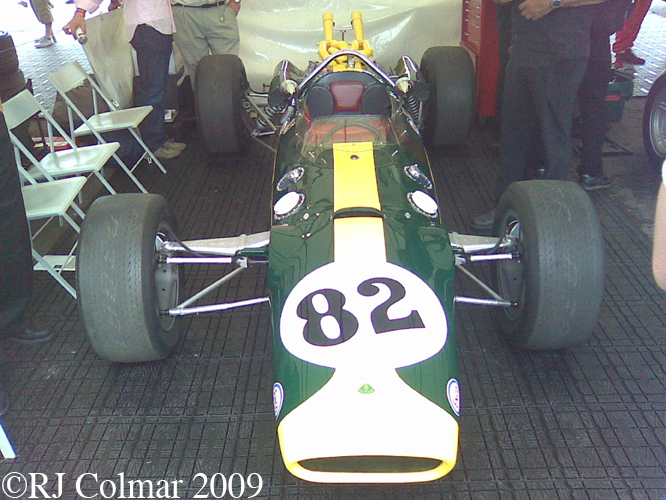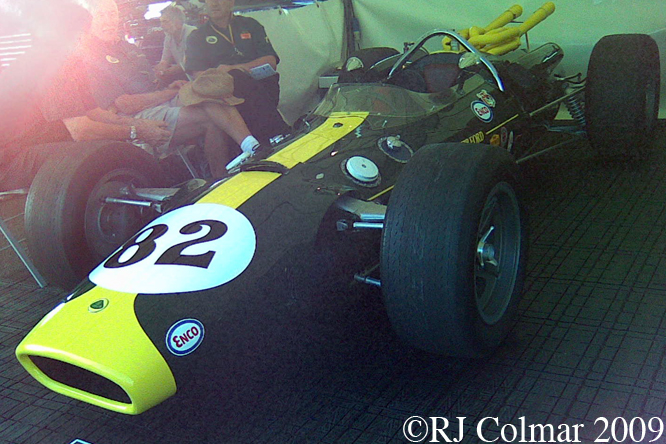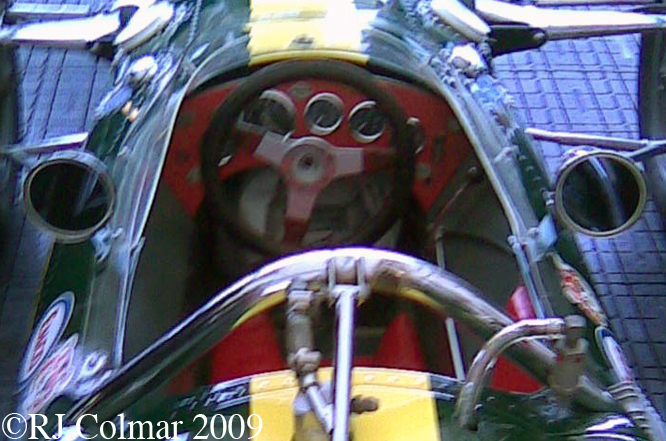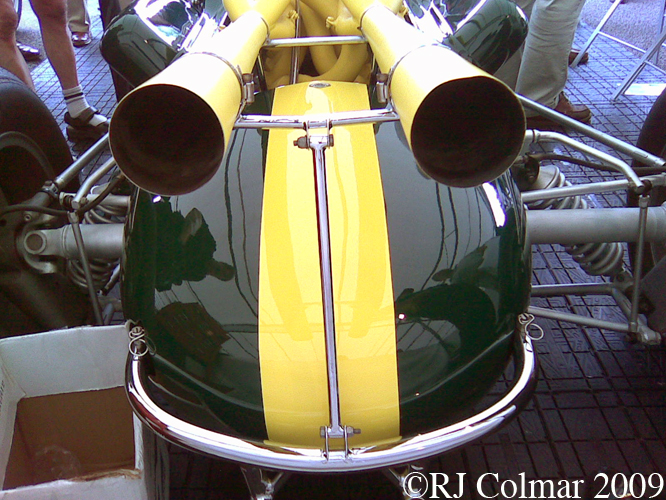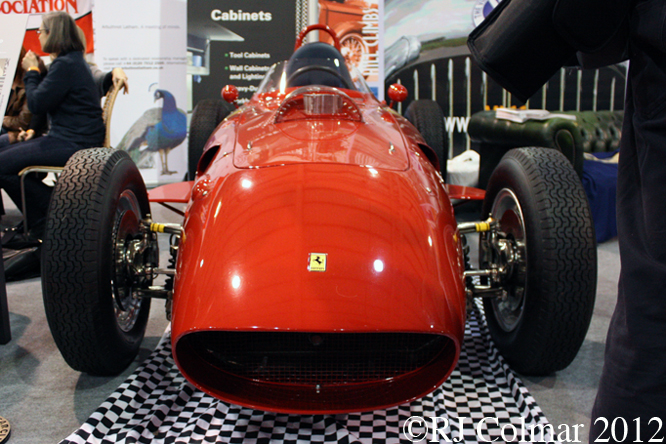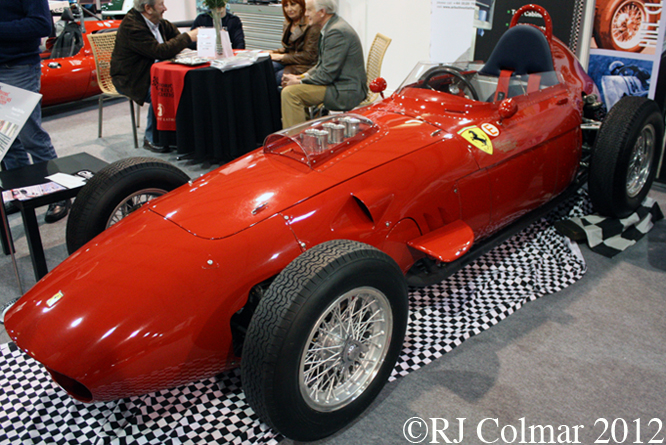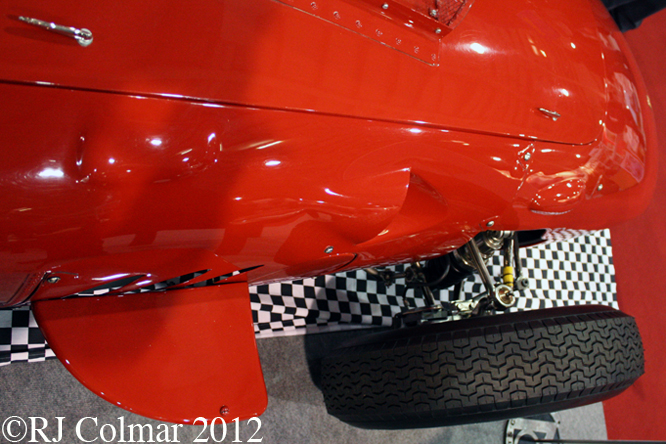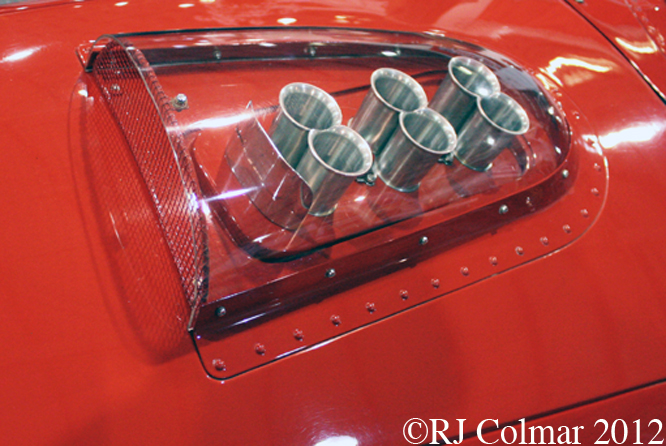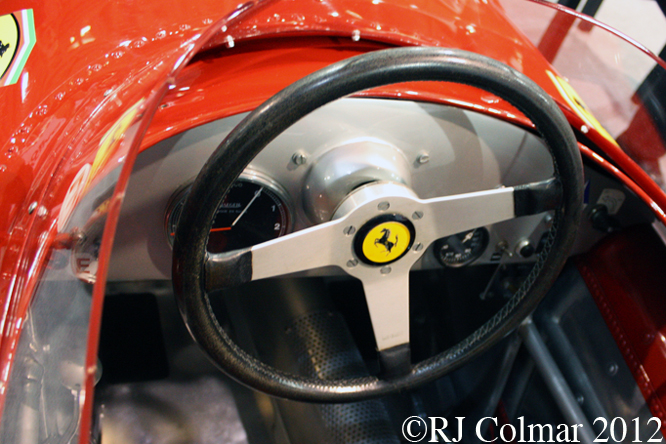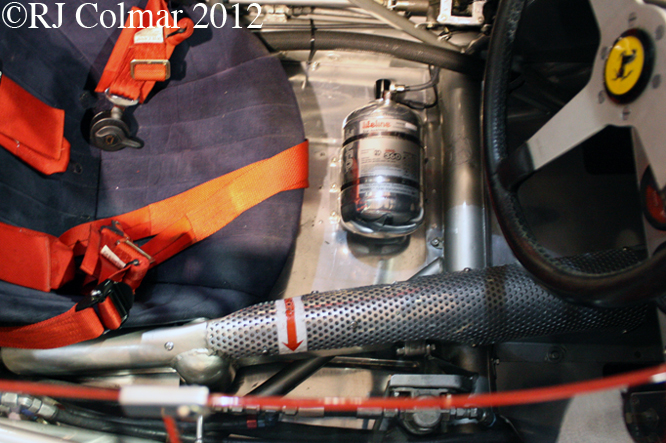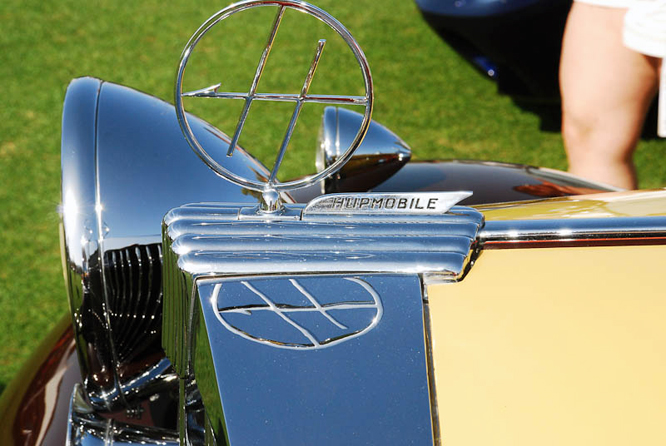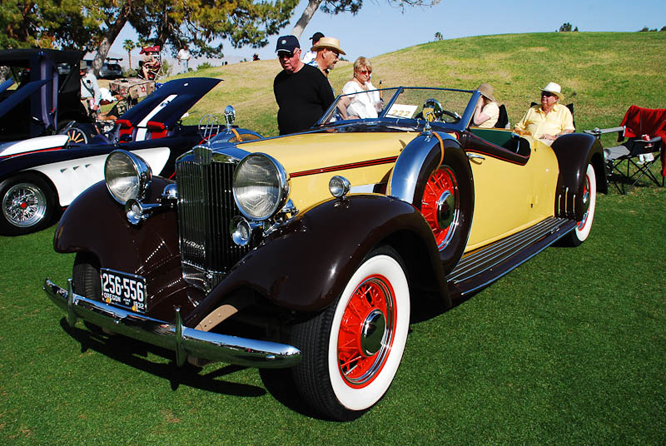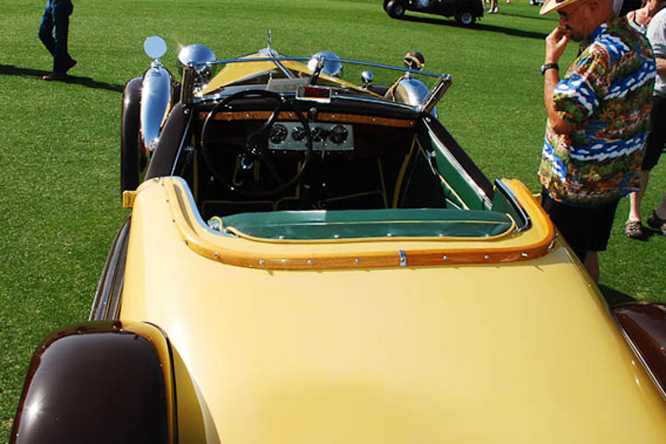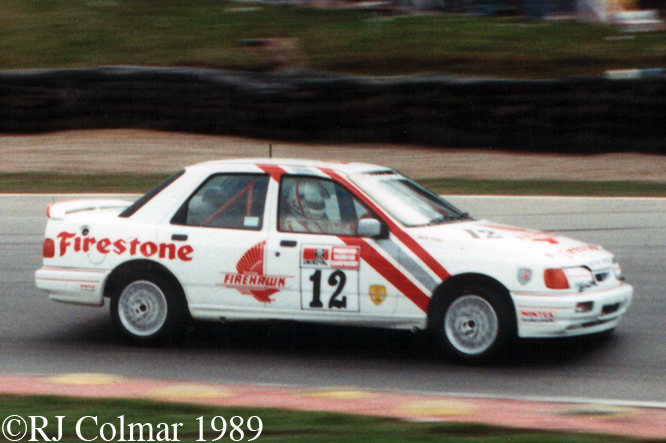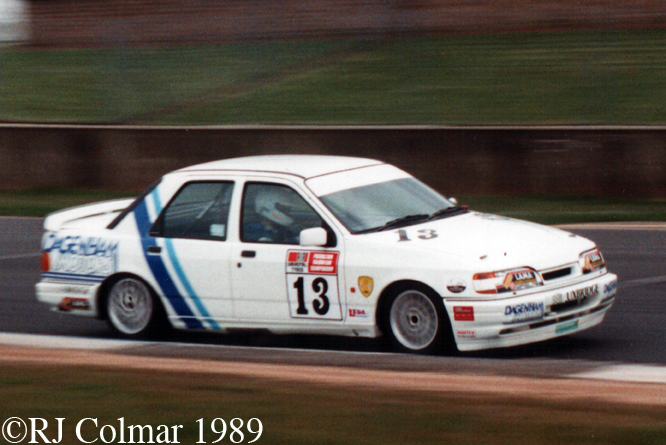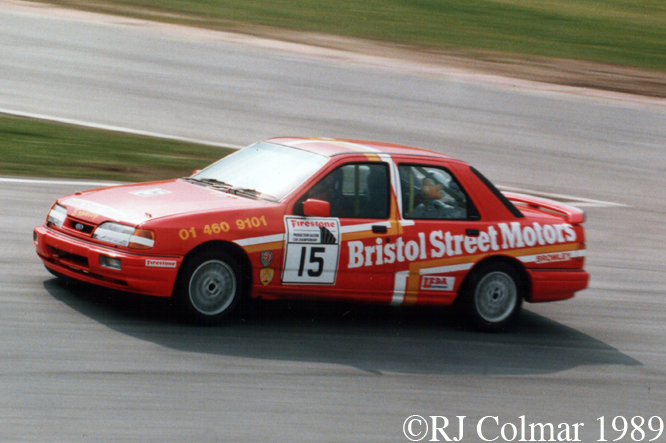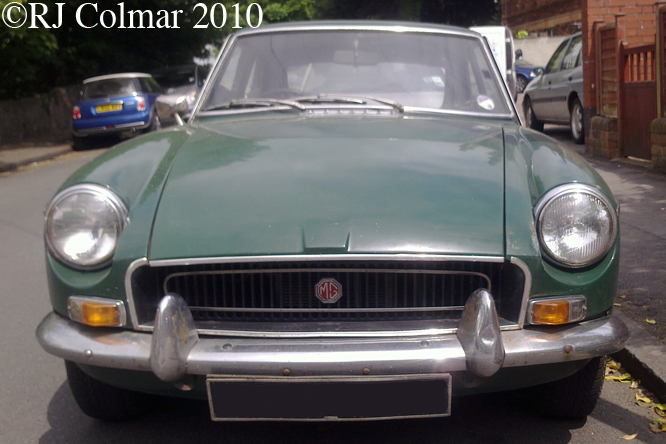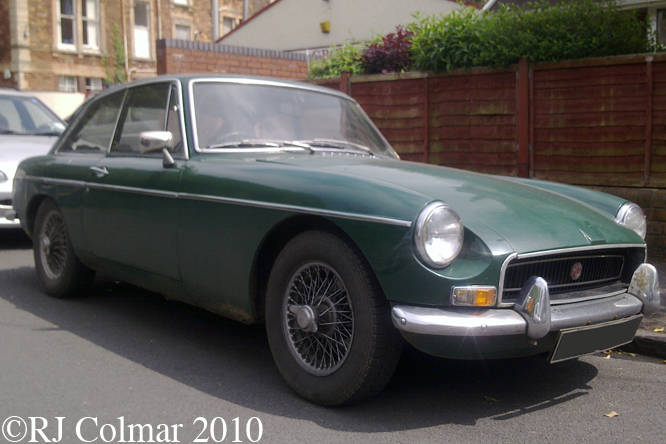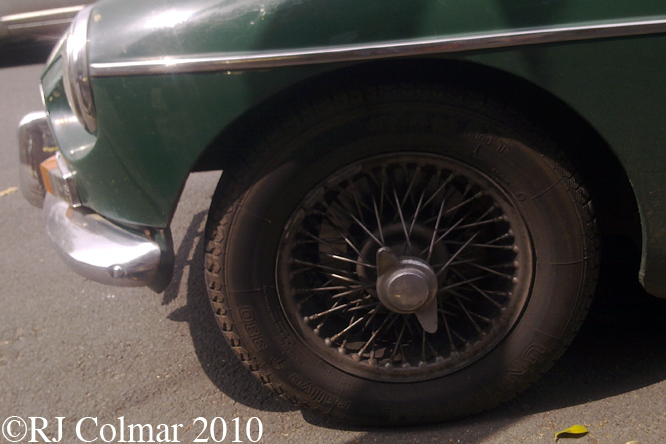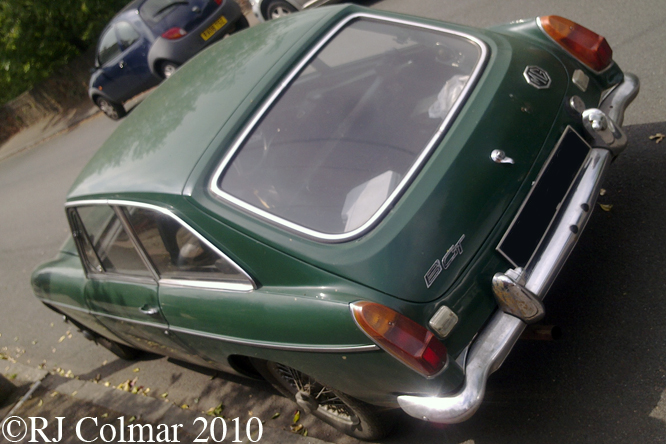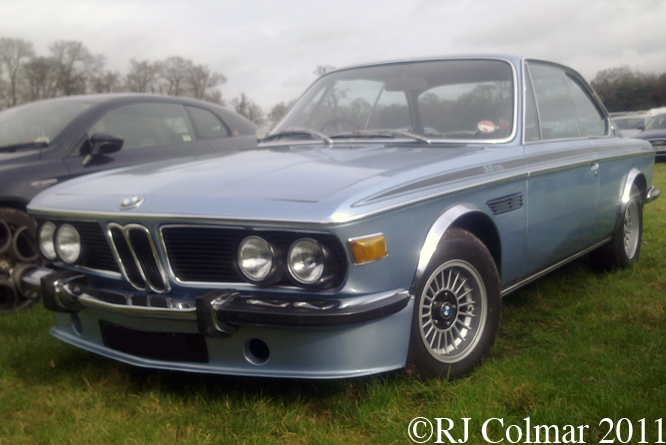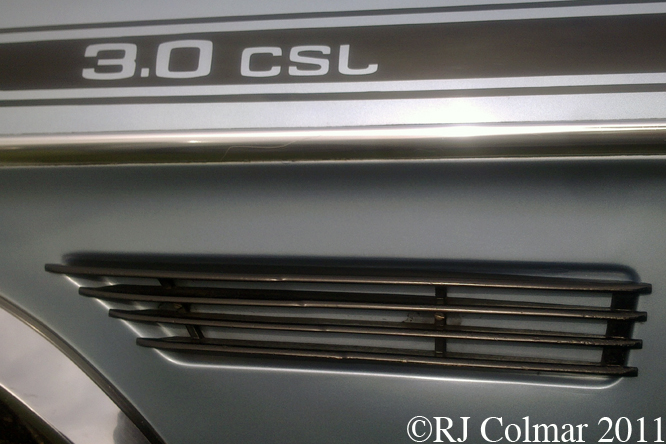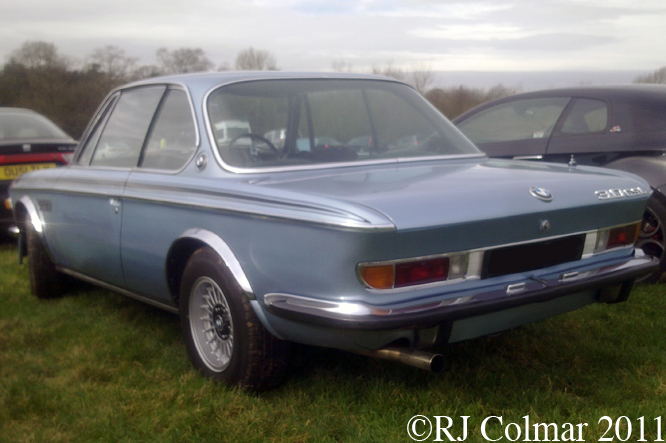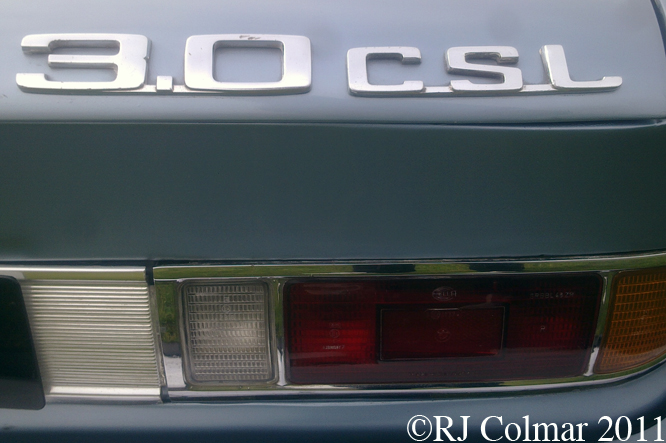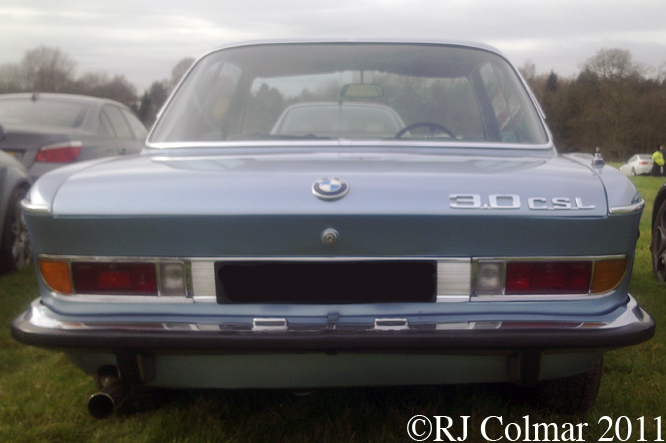Late last year my appetite was whetted by the William Boddy Tribute Day at Brooklands for a second visit to the museum.
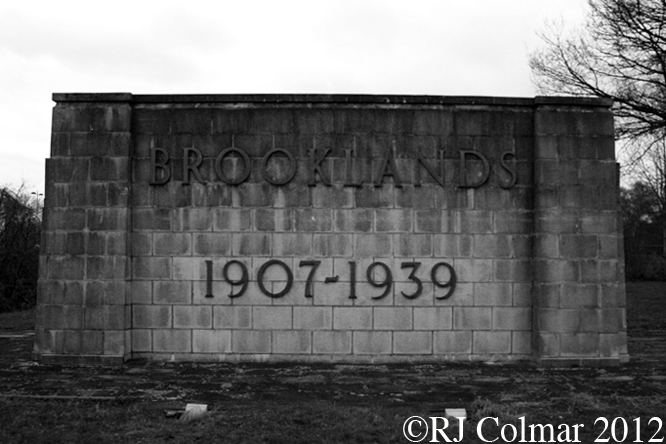
Brooklands lays claim to being the Worlds first purpose built motor circuit, it was the built, along with one of the Englands first purpose built airfields by Hugh Locke King on 330 acres of his estate at Weybridge in Surrey.

Among the many innovative exhibits is the Halford Special built on an Aston Martin chassis with a Halford 6 cylinder motor designed and built by Major Frank B Halford with a turbo charger in 1925. The turbocharger did not prove to be successful and was eventually replaced by a super charger with which the Halford Special recorded at least three wins at Brooklands. Halford was responsible for designing the air cooled de Havilland Gypsy and working on the Napier Sabre piston aircraft engines and the de Havilland Goblin ‘Gas Turbine’ jet engine.
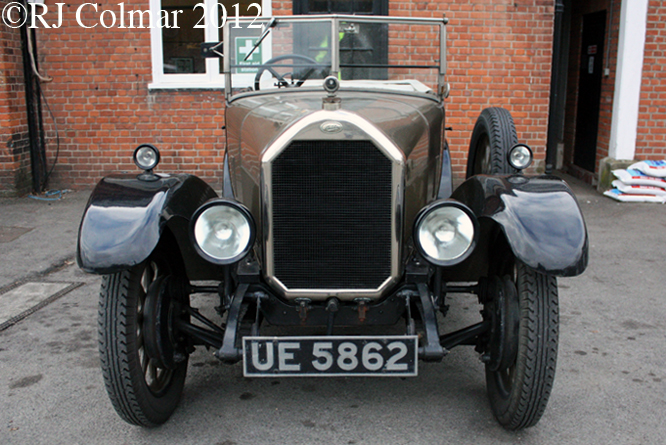
I’m not sure if this late 1920’s Humber 14/40 is an exhibit or someones daily driver, it was one of numerous vehicles that are obviously still in regular use dotted around the museum.
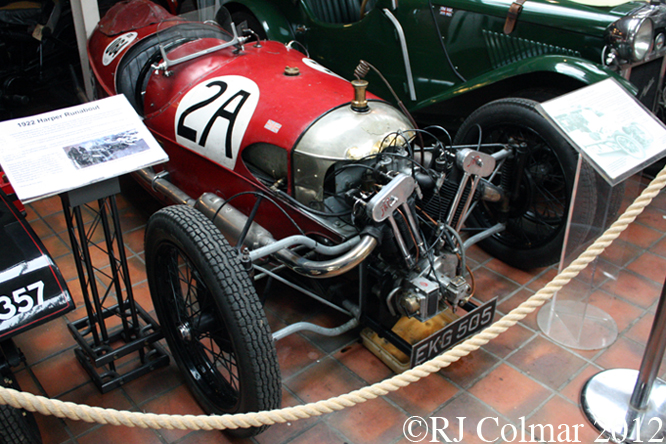
Above The Clive Lones Morgan was used by Clive at Brooklands from 1929 to 1935 winning 37 world records during that time, it was the first ‘Light Car’ to lap Brooklands Outer Circuit at an average speed of 100 mph in 1930. This car was also used in an experiment to test the viability of pits to driver radio contact, the loudspeakers eventually proved unequal to the task of competing with the noise from the JAP motor.
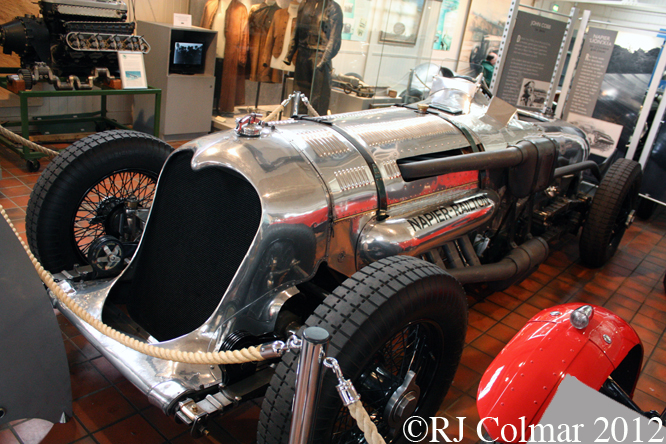
The Napier Railton was comissioned by John Cobb in 1933, designed by Reid Railton with a 24 litre / 1461 cui 500 hp W12 Napier Lion motor the car was driven to the all time lap record at Brooklands in 1935 of 143 mph. It broke 47 World Records at Brooklands, Montlhéry and Bonneville Salt Flats. Capable of 168 mph the Napier Railton, which is regularly driven at Brooklands and Goodwood events, has rear wheel brakes only !
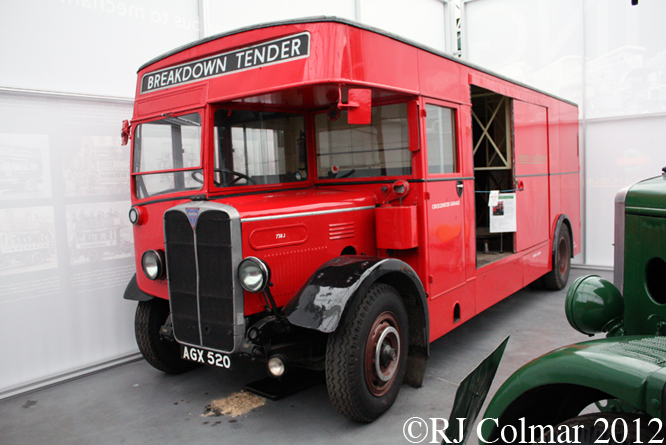
Brooklands is also home to the London Bus Museum which houses a splendid collection of public transport vehicles that have graced the streets of London for over 100 years. Above an early double deck 1933 AEC Regent 1 that was converted into a single deck use for attending break downs from 1949 until 1971. Apparently in double deck form it was hit by a flying bomb in 1944 and rebuilt as a double decker only to be rebuilt as a single decker.

Flying has been apart of Brooklands history since 1907, AV Roe started trials with his first planes at Brooklands in 1908 during the Great War the Sopwith Pup and Camel were developed at Brooklands and during the Second World War Hawker Hurricane fighters and Vickers Wellington Bombers like the one above were built at Brooklands. Apparently my Grand Mother was involved in pre assembling parts for Wellington’s often bringing home parts which my Dad and Uncle helped put together after school. This is the only surviving Wellington built at Brooklands, it was recovered from Loch Ness in the 1980’s after some Loch Ness Monster hunters found her.
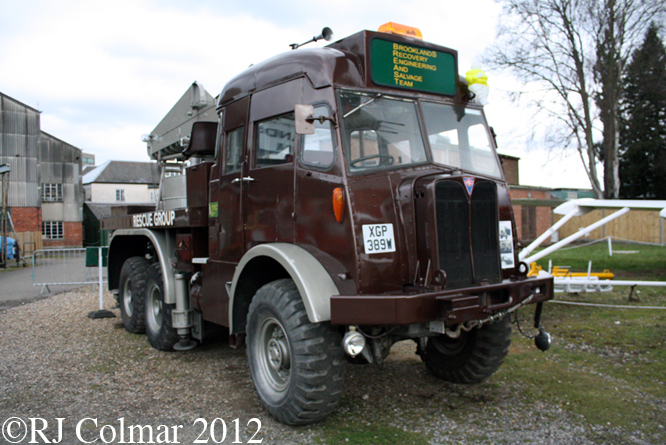
Miss Milly Tant is a six wheel drive AEC Militant built for the British Army in 1954, she spent most of her time in storage and was sold off as surplus to London Transport in 1966. Converted with to a Master Breakdown Tender with a ten ton lifting capability by Boughton’s of Amersham she was used by London Transport until 1980. In 1983 she was acquired by the National Rescue Group and based at Brooklands and regularly used to attend incidents on the A3 and M25 and has been on loan to Brooklands since the 1990’s.
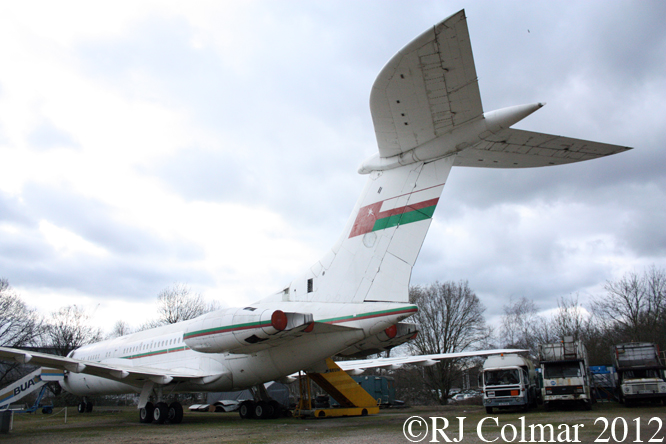
From 1962 to 1970 Vickers manufactured 54 VC10 passenger aircraft at Brooklands. Capable of take off and landing from much shorter airfields than the rival Boeing 707 the VC10 was ideal for flying to Britain’s former colonies in Africa, indeed from 1970 to 1977 I clocked up well over 200,000 miles as a VC10 passenger with BOAC / BA and BUA / British Caledonian flying from London to Lusaka in Zambia. The VC10 was particularly quiet as a result of it’s 4 Rolls Royce Conway engines being mounted beneath the tail plane. The VC10 still holds the subsonic speed airliner record for a London to New York Atlantic crossing with only Concorde being faster.
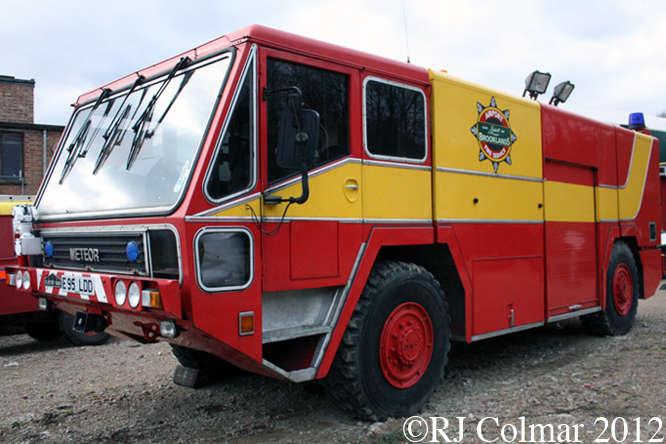
The 4 x 4 1987 Gloster Saro Meteor airport fire engine, above, is powered by a 12 litre / 732 cui motor and served at Heathrow Airport. The Meteor can carry a crew of 4 along with 600 gallons of water 50 gallons of foam concentrate amongst several tons of additional kit required to deal with airport fires.
I look forward to returning to Brooklands and exploring the collections of cars, commercial vehicles and aircraft in greater detail.
Thanks for joining me on this Cars, Buses and Aeroplanes edition of ‘Gettin’ a li’l psycho on tyres’, I hope you will join me again tomorrow. Don’t forget to come back now !

